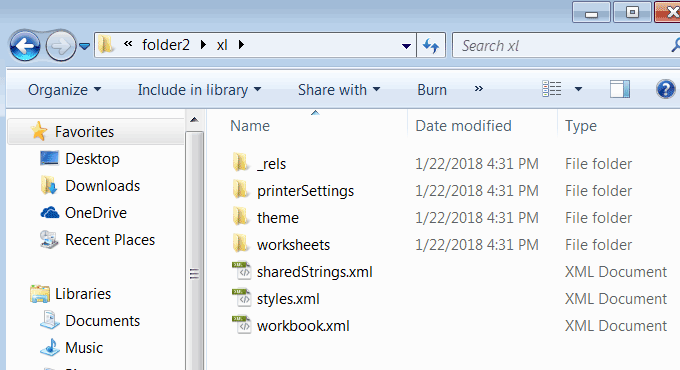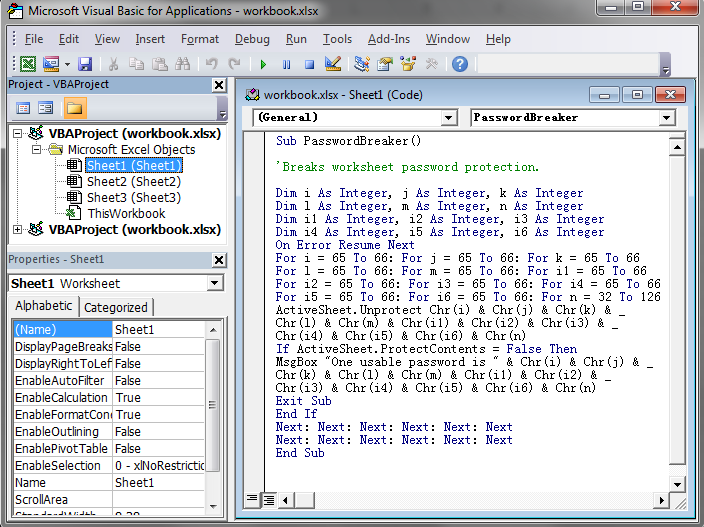3 Ways to Unprotect Excel Sheet Without Password 2010

If you're struggling with a password-protected Excel sheet, whether it's because you've forgotten the password or you've acquired a spreadsheet that requires unlocking, fret not. Here are three straightforward methods to unprotect an Excel sheet without needing the password, specifically tailored for Excel 2010:
Method 1: Using VBA Code

Visual Basic for Applications (VBA) provides a powerful way to interact with Excel. Here's how you can use VBA to unprotect your Excel sheet:
- Open the Excel file you want to unprotect.
- Press Alt + F11 to open the VBA editor.
- In the VBA editor, go to Insert > Module to create a new module.
- Type or paste the following VBA code into the module:
- After inserting the code, close the VBA editor and go back to your Excel sheet.
- Press Alt + F8, select "UnprotectSheet" from the list, and run it.
Sub UnprotectSheet()
Dim sheet As Worksheet
For Each sheet In ThisWorkbook.Sheets
If sheet.ProtectContents = True Then
sheet.Unprotect Password:=sheet.Name
End If
Next sheet
End Sub
⚙️ Note: This method will try to unprotect all sheets within the workbook using the sheet name as the password. If your sheet was password protected using the sheet name, it might work. However, if a different password was used, you might need to modify the code to handle that scenario.
Method 2: Zip Editing

If you're comfortable with a bit of file manipulation, this method involves converting the Excel file to a zip archive, editing the XML, and then converting it back:
- Save your Excel file and close it.
- Change the file extension from .xlsx to .zip.
- Open the zip file with any compression utility like WinZip or 7-Zip.
- Navigate to xl\worksheets, where you'll find sheets as XML files (e.g., sheet1.xml).
- Open these XML files with a text editor.
- Search for the line:
- Save the XML files.
- Close the zip, rename it back to .xlsx, and open in Excel. The sheet should now be unprotected.
This method effectively bypasses Excel's protection by directly editing the underlying XML structure.
Method 3: Online Tools

If the technical methods above are a bit daunting, there are several online tools that can unprotect Excel files without a password:
- Navigate to a reputable website that offers Excel sheet unprotection services.
- Upload your Excel file (ensure it does not contain sensitive data).
- The tool will process the file and attempt to unprotect it.
- Download the unprotected Excel file.
🌐 Note: Using online tools can be risky due to potential security breaches. Always ensure the tool or website is trustworthy and does not compromise your data or privacy.
When dealing with password-protected Excel sheets, there are several considerations:
- Data Security: Always ensure that any method you use does not compromise the data's security or the workbook's integrity.
- Legal and Ethical Concerns: Make sure you have the legal right to access the content of the sheets you are unprotecting.
- Alternative Methods: Sometimes, contacting the original creator or having the password reset by an authorized individual might be the safest and most ethical approach.
Recapping the methods mentioned: - VBA Code: Using VBA to attempt an automatic unprotection. - Zip Editing: Direct XML editing by zipping and unzipping the Excel file. - Online Tools: Utilizing third-party services to remove the password. Each method has its merits, with VBA being quick for self-protected sheets, zip editing for a deeper understanding of Excel internals, and online tools for quick, albeit riskier solutions. Remember, while these methods can unlock sheets, always ensure you have the right to do so. If the sheet contains sensitive or confidential data, consider the ethical implications and the possibility of violating data protection policies.
Can I use these methods on Excel 2013 or later?

+
Yes, these methods can also work on later versions of Excel, but some newer versions might have additional security features making them less effective.
Is there a risk of damaging my Excel file?

+
There is always a risk when modifying file structures or using external tools. Always backup your original file before attempting any of these methods.
What should I do if these methods don’t work?

+
Consider contacting the sheet’s creator or use password recovery software designed for Excel.